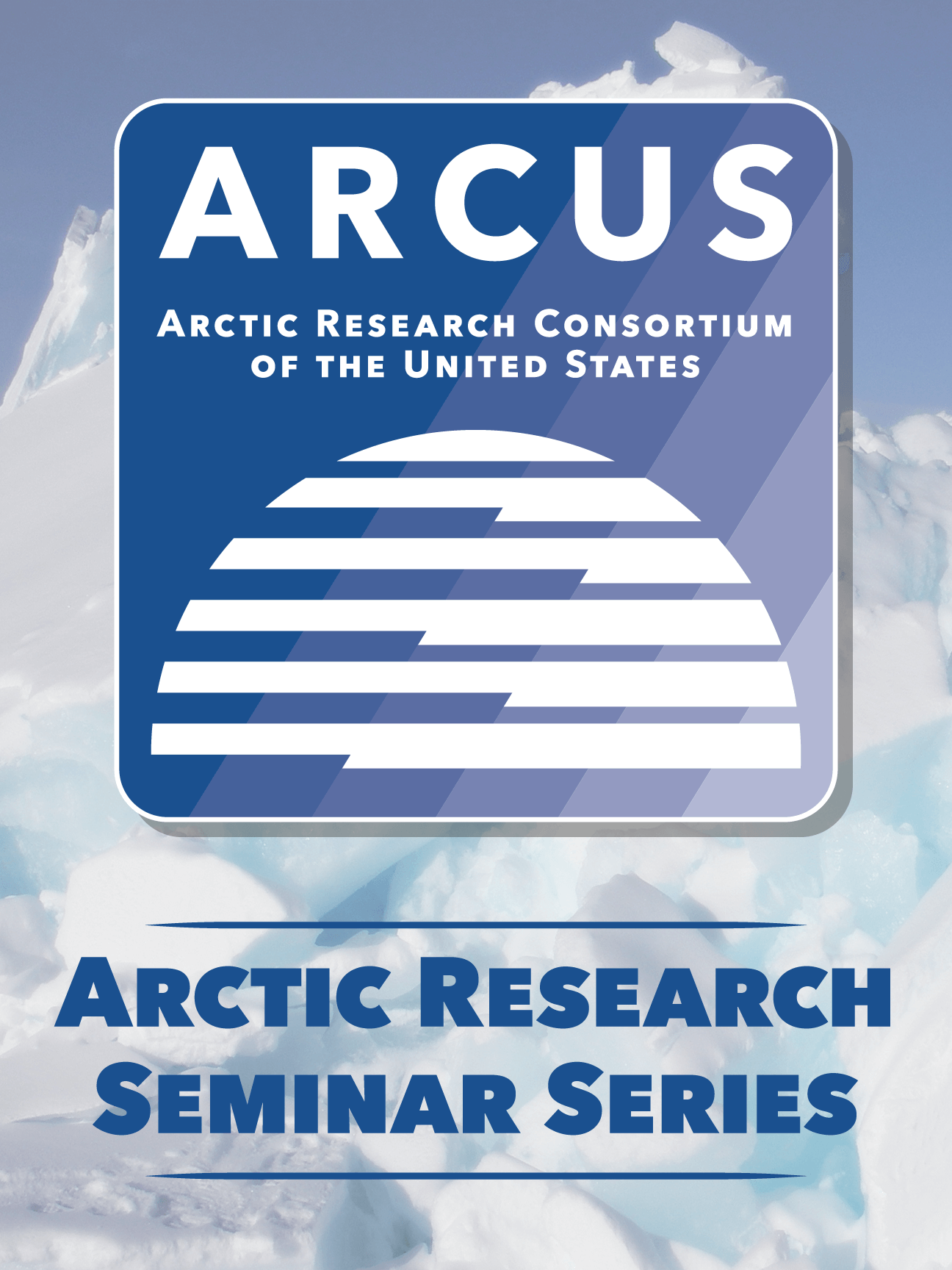Jacqueline Grebmeier: The Pacific Arctic: An Ecosystem in Transition - 21 September 2018
Presentations
In recent years the northern Bering Sea and southern Chukchi Sea have undergone a reduction of sea ice and warming seawater temperatures. Time-series environmental and biological studies indicate faster seasonal sea ice retreat over the last 5 years in comparison to the previous 25 years, with 2018 having the highest bottom water temperatures in the record, and also setting a new threshold for sea ice minima. At the same time, dominant bottom dwelling animals (clams, amphipods and polychaetes) that are food for diving sea ducks, gray whales, and walruses are declining in biomass and where there is still high biomass, these prey patches are contracting northward. These time series studies are being accomplished as part of the Distributed Biological Observatory, which is an internationally coordinated effort that is generating seasonal and interannual data to better understand this changing ecosystem.

